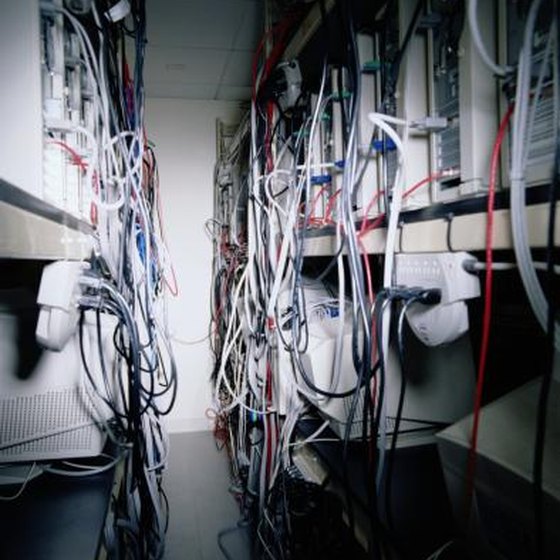
Examples of IT Detective Controls Your Business
In an effective compliance program, these three types of controls work together synergistically. Preventive controls reduce the likelihood of non-compliance, detective controls help discover issues that preventive controls may miss, and corrective controls ensure that any compliance breaches are addressed promptly and effectively. This layered.

PPT Chapter 3 PowerPoint Presentation, free download ID266188
Common detective controls include: Inventory counts and checks Internal and external audits Surprise cash counts Reconciliations Preventive Internal Accounting Controls As the name implies, preventive accounting controls seek to prevent accounting errors and irregularities from occurring in the first place.
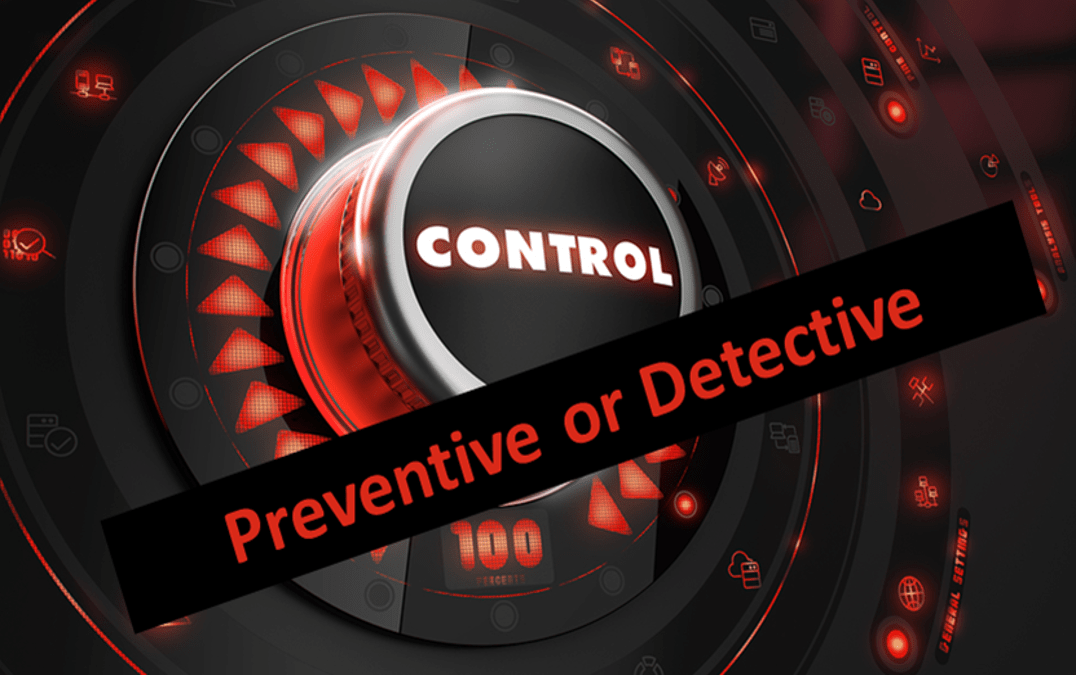
Preventive or Detective Controls Xpertsleague
There are two basic categories of internal controls - preventive and detective. An effective internal control system will have both types, as each serves a different purpose.
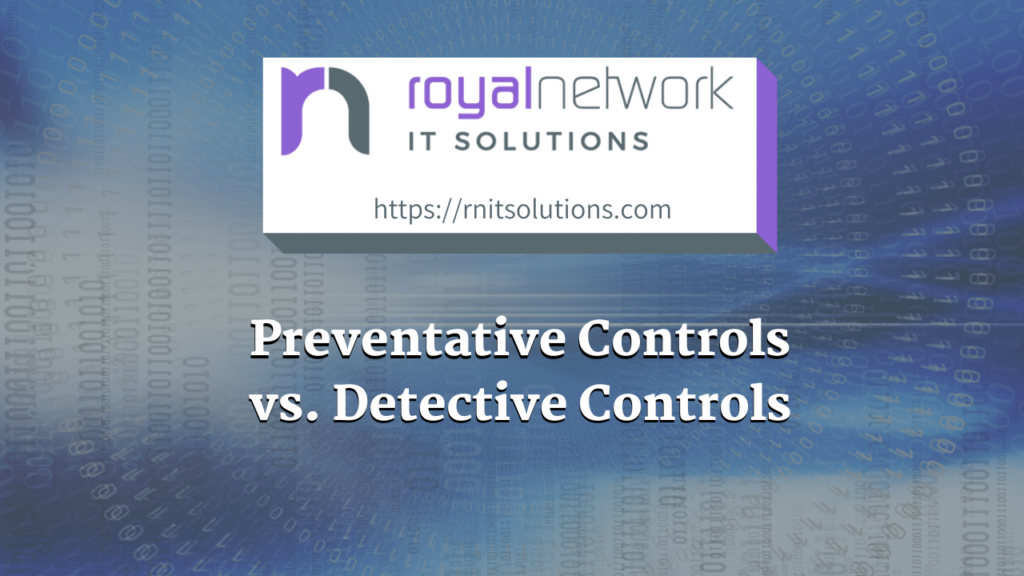
Preventative Controls vs. Detective Controls Royal Network IT Solutions
Detective internal controls. The goal of these controls is to find errors or irregularities after they have occurred. These controls provide evidence that a loss has occurred but doesn't prevent the loss from occurring in the first place. It may be helpful to think of these types of controls another way.
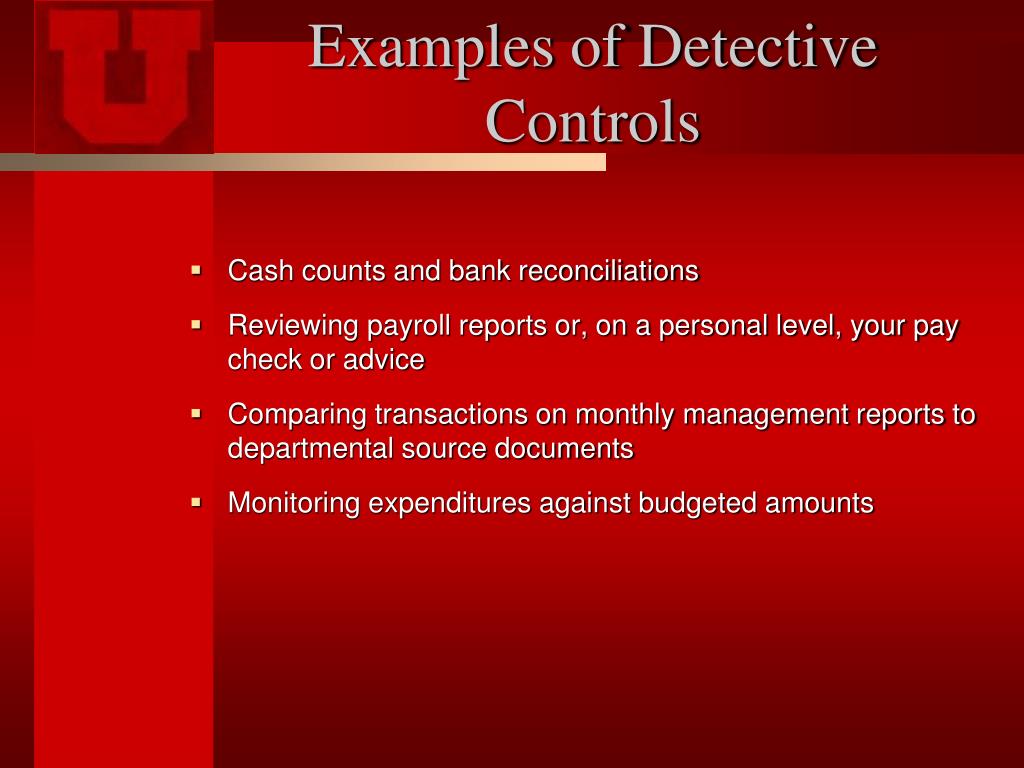
PPT Internal Controls PowerPoint Presentation, free download ID5760921
3) Corrective controls: Corrective controls are less common than preventative or detective controls. Corrective controls are designed to take corrective action on discovered mistakes. Some examples include your credit card company blocking your credit card if they detect fraud, or a sprinkler system coming on when it detects smoke/fire.
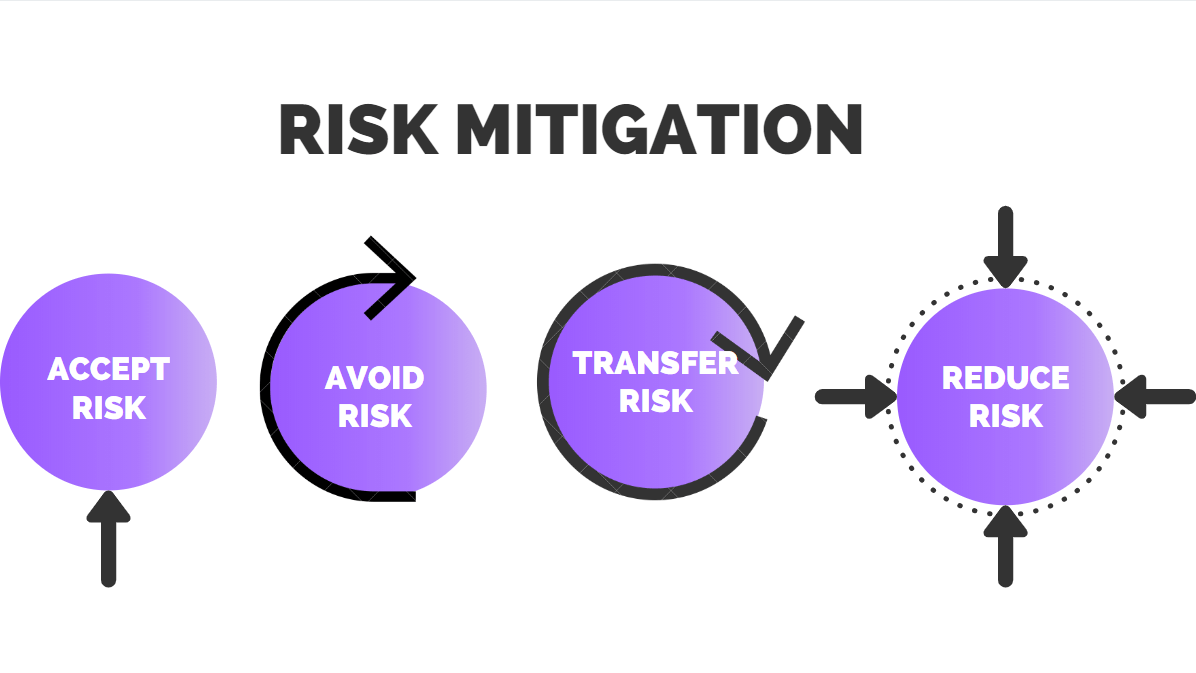
The 3 Types Of Security Controls (Expert Explains) PurpleSec (2022)
It is all the methods and measures adopted to accomplish the five major objectives of a system of internal controls. These objectives are to ensure: compliance with policies, procedures, plans, laws and regulations; the accomplishment of established objectives and goals. Internal controls are detective, corrective, or preventive by nature.

Preventive controls vs Detective Controls. YouTube
Examples of detective controls are: Reviews of Performance: Management compares information about current performance to budgets, forecasts, prior periods, or other benchmarks to measure the extent to which goals and objectives are being achieved and to identify unexpected results or unusual conditions that require follow-up.
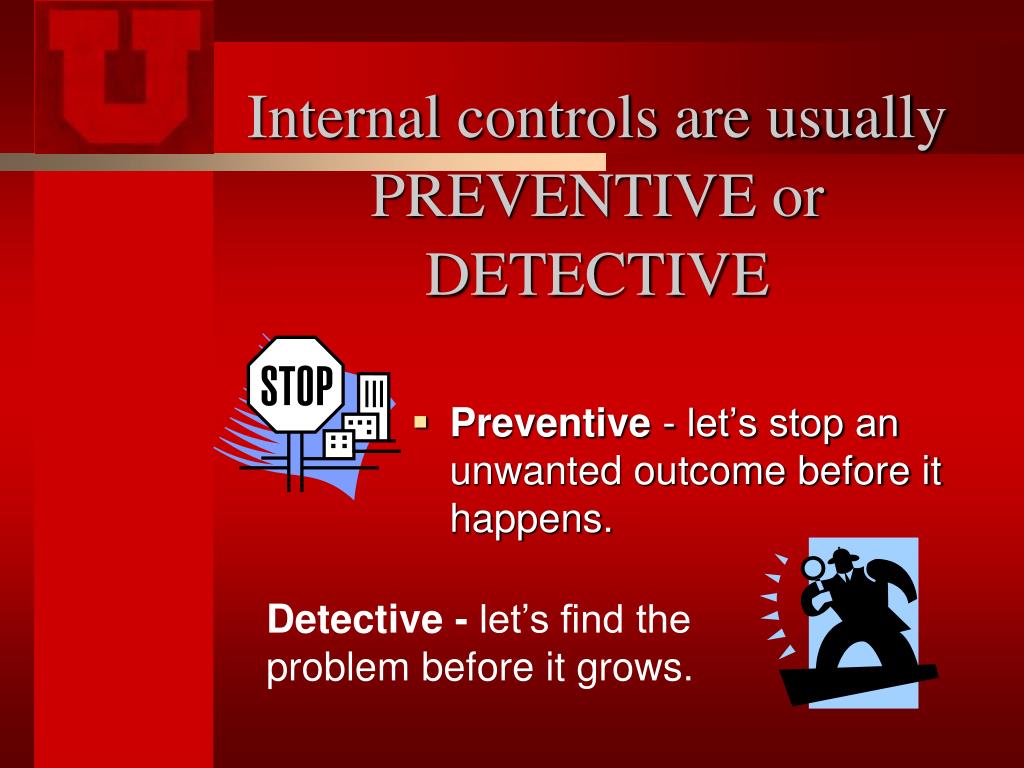
PPT Internal Controls PowerPoint Presentation, free download ID5760921
Controls can be first, preventive, deterring fraud and error, or second, detective, identifying problems after they occur. By working together, they can stimulate ongoing business activities by solving existing problems and preventing future problems.

PPT New York State Education Department PowerPoint Presentation, free download ID7075985
Detective controls are designed to detect an error or an issue after it has occurred but before a small problem turns into a large one. Preventive controls help prevent things from going awry in the first place. It's important to find a balance between the two. Don't let perfection get in the way

Internal Controls Training 1 Internal Controls What do
There are two basic categories of internal controls: preventive and detective. Effective internal controls at a company will have both types of controls, as each serve a different purpose. Preventive Controls. Preventive controls are designed to decrease the chance of errors and fraud before they occur. These controls are important because they.

Detective Control AwesomeFinTech Blog
Detective controls are designed to find errors or fraud in transactions after they have occurred, as well as identify missing assets or invalid transactions.. Internal controls should be documented sufficiently to demonstrate that controls are in place and functioning as intended (e.g. enable auditors to test performance of the control).
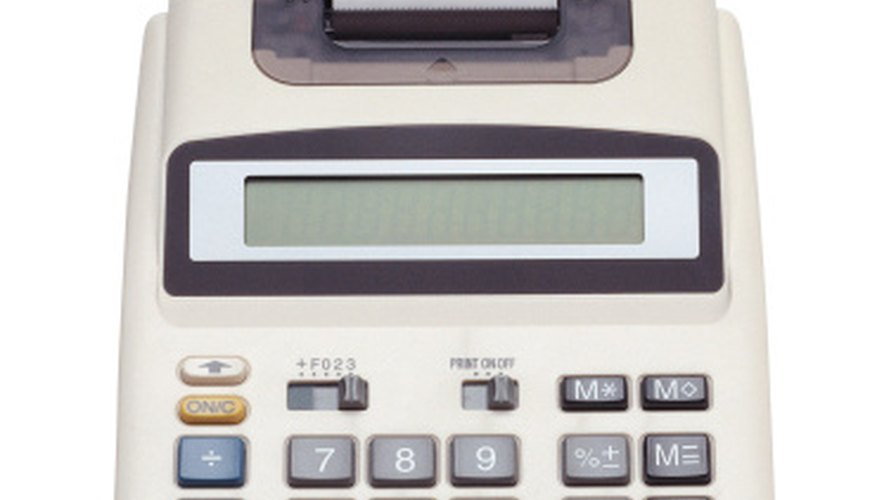
What Are the Types of Internal Controls? Bizfluent
Detective control refers to an internal control mechanism designed to identify problems within a company's processes after they have.
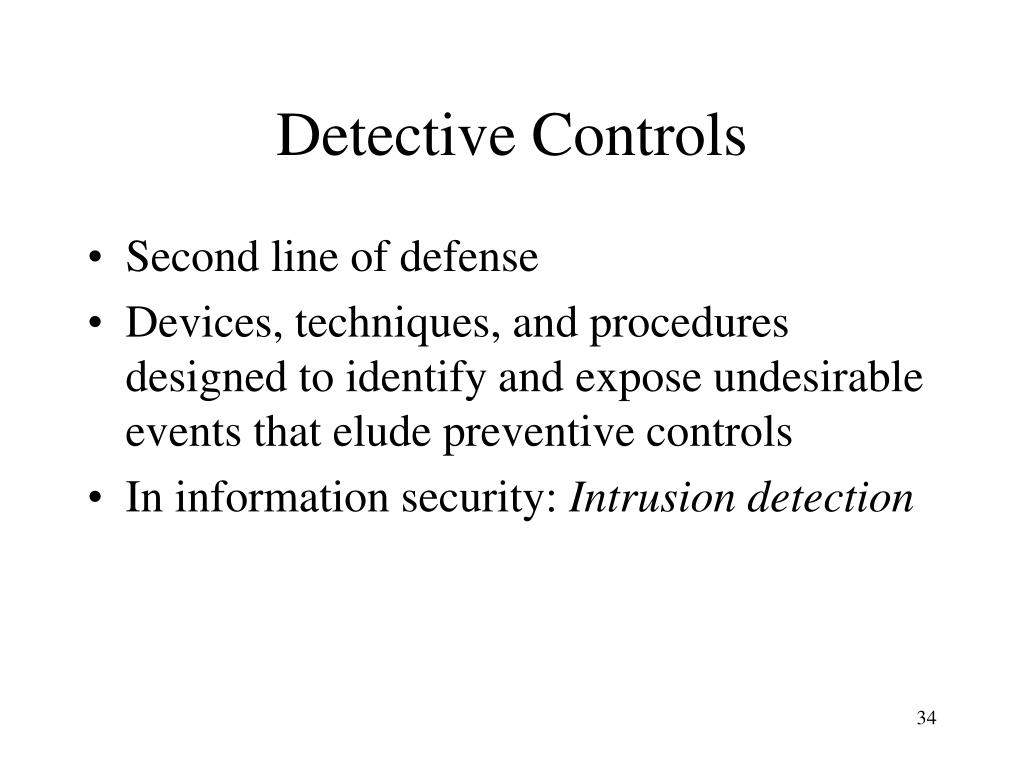
PPT Auditing, Assurance, Internal Control PowerPoint Presentation ID292769
A detective control is a type of internal control that seeks to uncover problems in a company's processes once they have occurred. Examples of detective controls include physical.
:max_bytes(150000):strip_icc()/Detective-control_3-2_final-8a82f40c29494977a7ab334fc87507d1.png)
Detective Control Definition, Examples, Vs. Preventive Control
Detective controls are intended to help an organization find problems. Many detective controls are focused on users, entities, information systems, and data. Examples of detective controls: Auditing Logging Reporting Entity and behavior analytics Risk management Corrective Controls

Preventive Detective Corrective Controls PowerPoint Template PPT Slides
There are three main categories of internal controls: preventative, detective and corrective. Internal controls are characteristically summed up as a series of policies and procedures or technical protections that are put in place to prevent problems and protect the assets of a business organization.

PPT Internal Control PowerPoint Presentation, free download ID252532
Detective controls attempt to detect undesirable acts that have occurred. They provide evidence after-the-fact that a loss or error has occurred, but do not prevent them from occurring. Examples of detective controls are: Examples of preventive controls are: